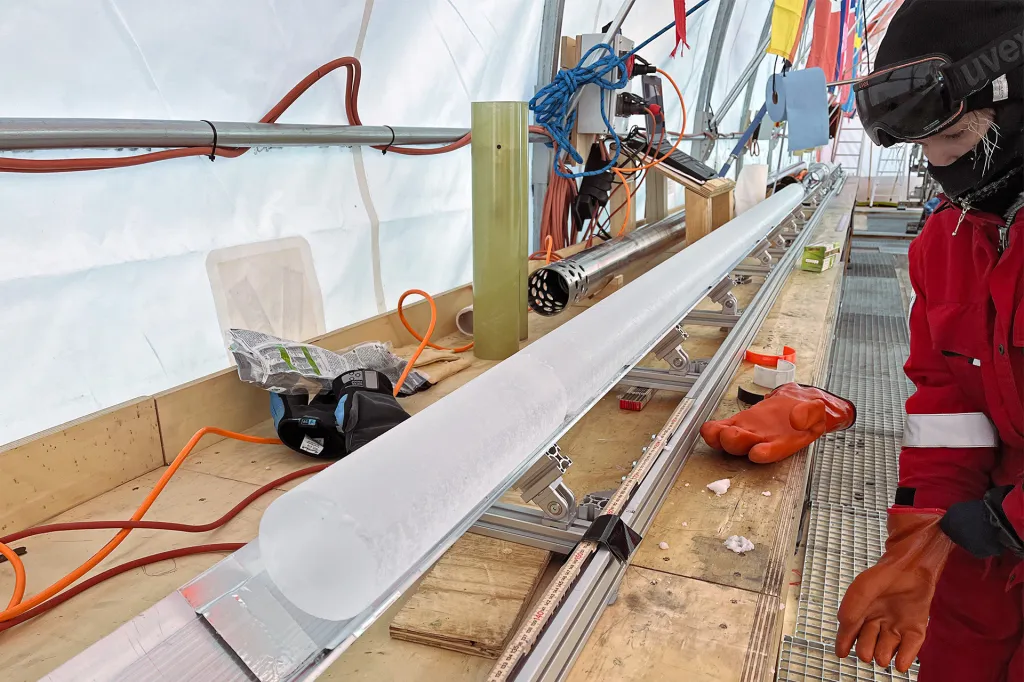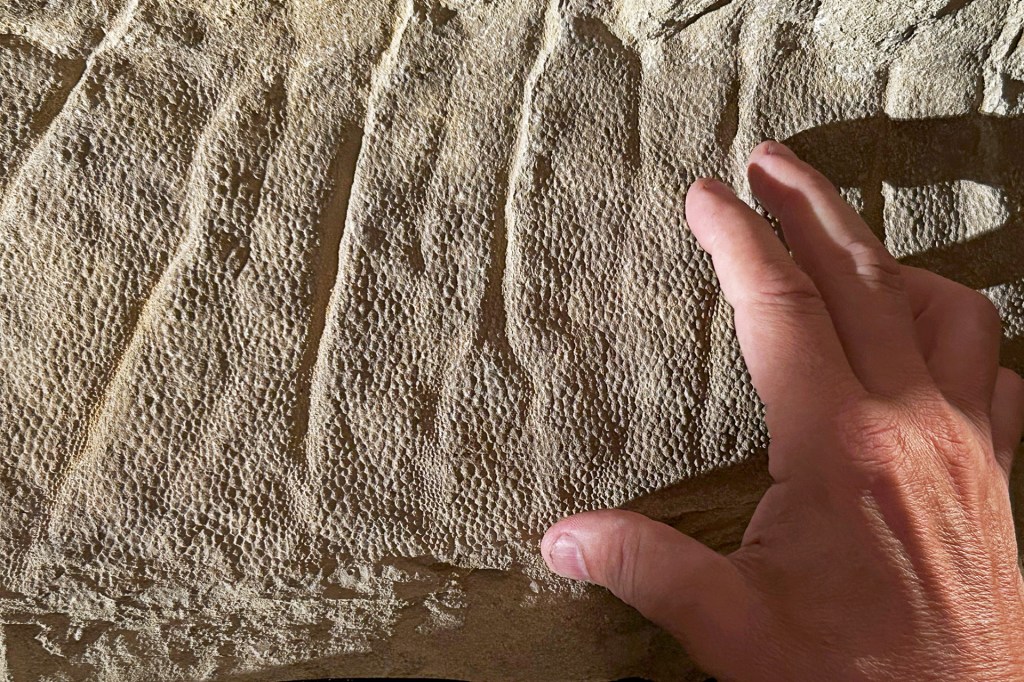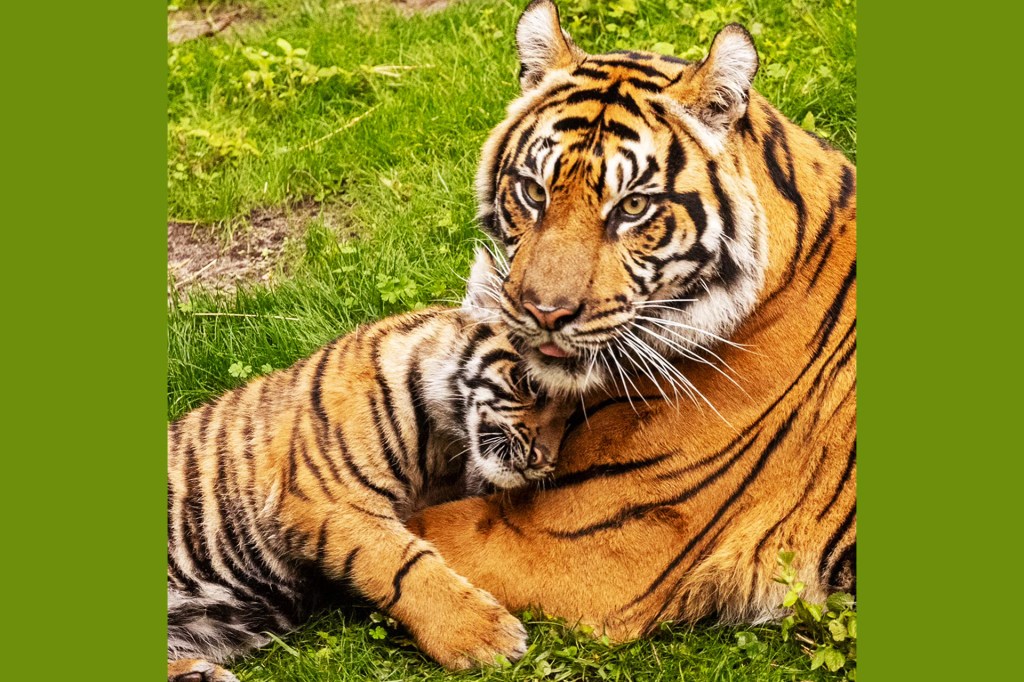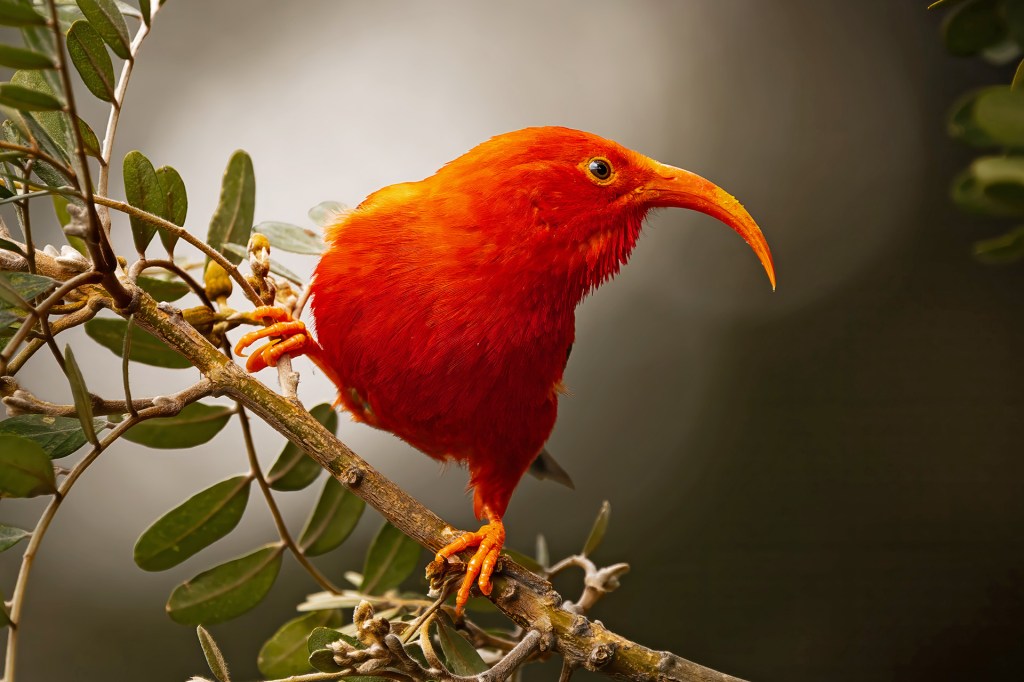
Twice a week, Adam Knox jumps into a four-wheel-drive pickup and climbs to a forest high in the mountains of Hawaii. “You feel like you’re in Jumanji, or one of those adventure-type movies,” Knox tells TIME for Kids. “This is where the native birds live.”
He’s talking about honeycreepers. They’re in danger of going extinct extinct no longer existing (adjective) because of avian malaria, a disease spread to birds by mosquitoes. Knox is a drone pilot for the American Bird Conservancy (ABC). He goes into the forest to release more mosquitoes.

SPOTTED! A scarlet honeycreeper, once common in Hawaii, is now a rarer sight.
ROBBY KOHLEY
That may sound strange, but it’s cutting edge. Instead of chemicals, “this technique uses mosquitoes to fight mosquitoes,” says scientist Christa Seidl, of Maui Forest Bird Recovery Project. The group, along with ABC, is joining forces with several others to save honeycreepers. (See “Working Together.”)
And now, conservationists are delivering mosquitoes to the forest by drone. Knox calls this a “breakthrough.” When the mosquito project began, in 2023, helicopters were the only available means. “It’s been a long road to get here, with a lot of trial and testing,” he says. “But at this point, we have a system that can fly in these difficult environments.” Plus, drones are quieter, cost less, and allow more flexibility with timing. Since April, Knox has been using drone technology to help drop half a million mosquitoes a week.

READY TO FLY Drone pilot Adam Knox prepares to send a drone over the forest to release mosquitoes earlier this year.
AMERICAN BIRD CONSERVANCY
Innovation at Work
Honeycreepers live in Hawaii, and nowhere else. There used to be more than 50 species. “Now there are only 17,” says Chris Farmer, ABC’s Hawaii program director. Unlike honeycreepers, mosquitoes are not native to Hawaii. Even after they were introduced, they lived only at lower elevations. But as temperatures have warmed, mosquitoes have moved higher into the mountains—to honeycreeper habitat. They’re not good neighbors. A single mosquito bite can kill a honeycreeper.
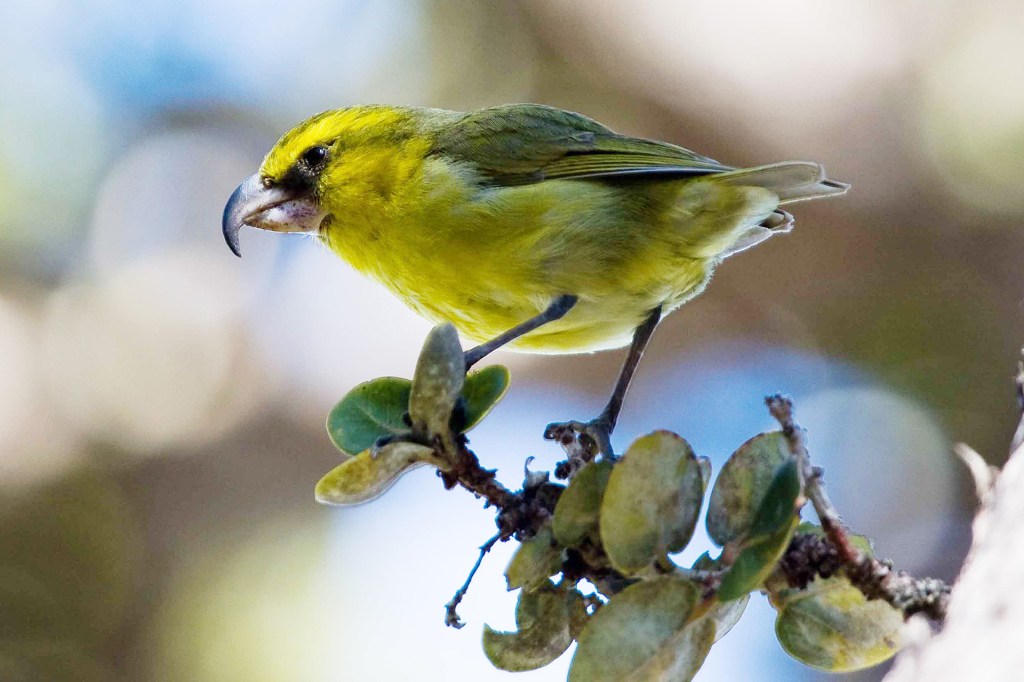
YELLOW FLASH A Maui parrotbill is a type of honeycreeper named for its parrotlike beak.
ROBBY KOHLEYThe mosquitoes Knox drops into the forest are in biodegradable biodegradable capable of being broken down naturally (adjective) pods holding 1,000 insects each. The mosquitoes are males, so they don’t bite or transmit disease. They’ve been raised in a lab and bred to carry a natural bacteria that prevents them from reproducing with wild females. Pods are loaded into the drone at the launch site. After liftoff, Knox releases them by remote control.
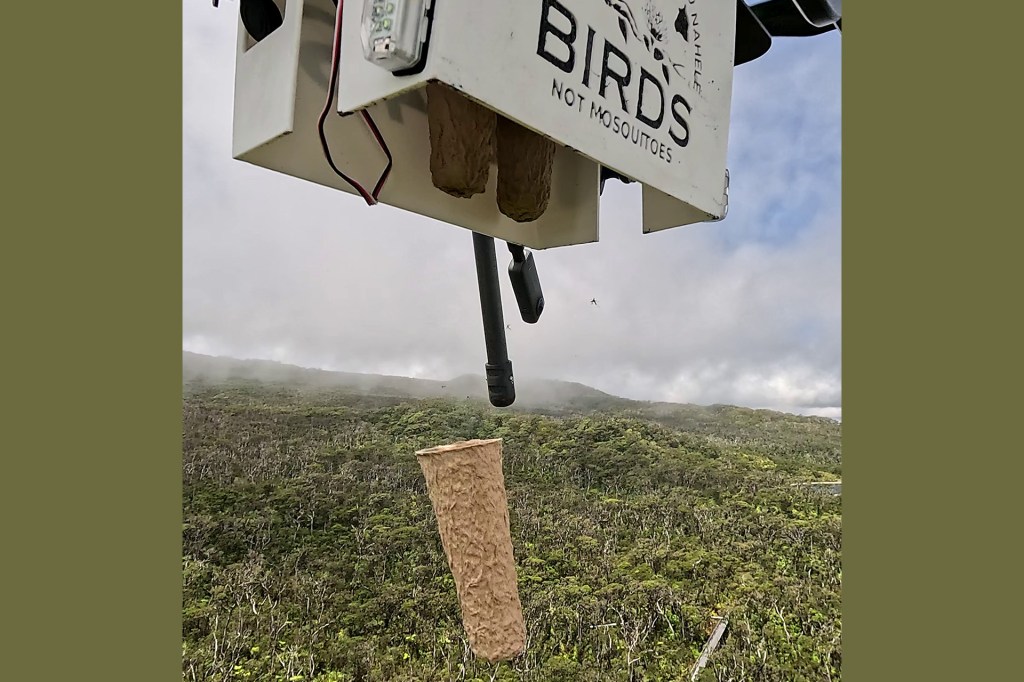
DROP DOWN A pod of about 1,000 mosquitoes is dropped into a Hawaiian forest by drone.
ADAM KNOX—AMERICAN BIRD CONSERVANCY
When these mosquitoes mate with wild ones, the eggs that are produced won’t hatch. “This lowers the mosquito population over time,” Seidl says, especially since most females mate only once. It also gives honeycreepers time to bounce back. “The goal,” Farmer says, “is to get them off the endangered species list.”
On a Mission
Conservationists aren’t sure how long the recovery will take. Until then, Knox will continue doing drone drops. And Seidl will continue tracking mosquito numbers and honeycreeper health. That means hiking deep into the forest. “It’s pretty muddy,” Seidl says. “Mosquitoes love muddy, wet areas.”

FOREST VIEW Forests in Hawaii are teeming with wildlife, including many birds that are unique to the area.
IAN NELSON“Everyone is so committed and works so hard because we understand that it is our responsibility, our kuleana, to save these birds,” Farmer says. “And we can do that. We have the technology.”
Working Together
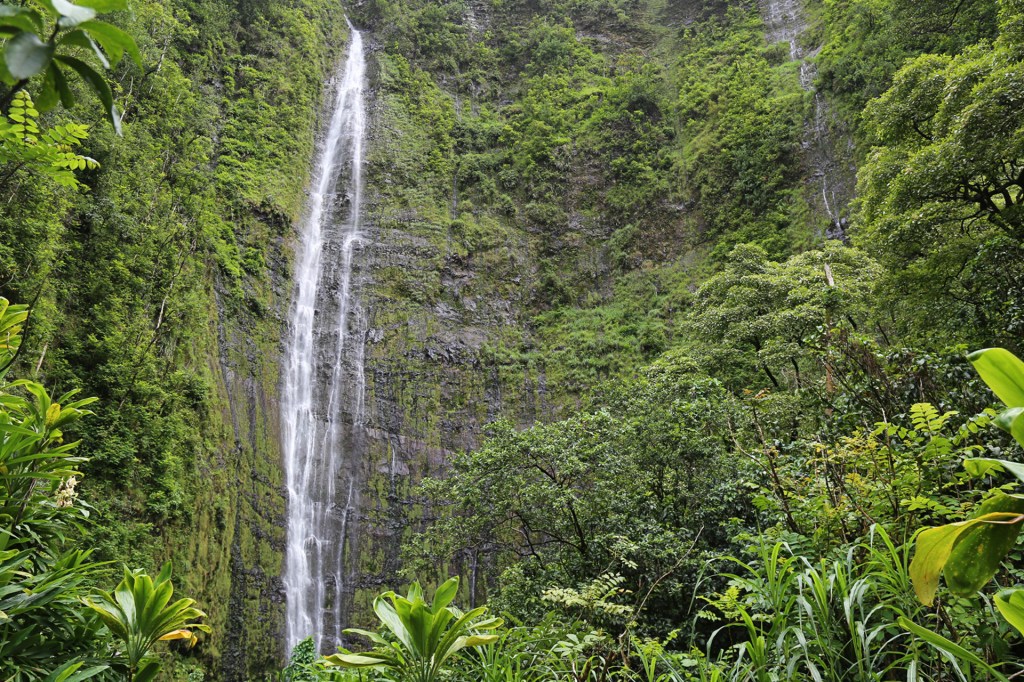
Birds, Not Mosquitoes is a partnership working to save endangered honeycreepers. It’s made up of 13 organizations and government agencies. “Everybody involved in conservation is part of this,” ABC’s Chris Farmer says.
The partnership’s drone drops take place near Haleakala National Park (above), on Maui. The Birds, Not Mosquitoes motto is I ola nā manu nahele. In English, it translates to “So the forest birds thrive.”
Correction, September 2: The original version of this story misstated two details. Drone drops take place near Haleakala National Park rather than inside it. And half a million mosquitoes are dropped each week by drones and helicopters combined.





